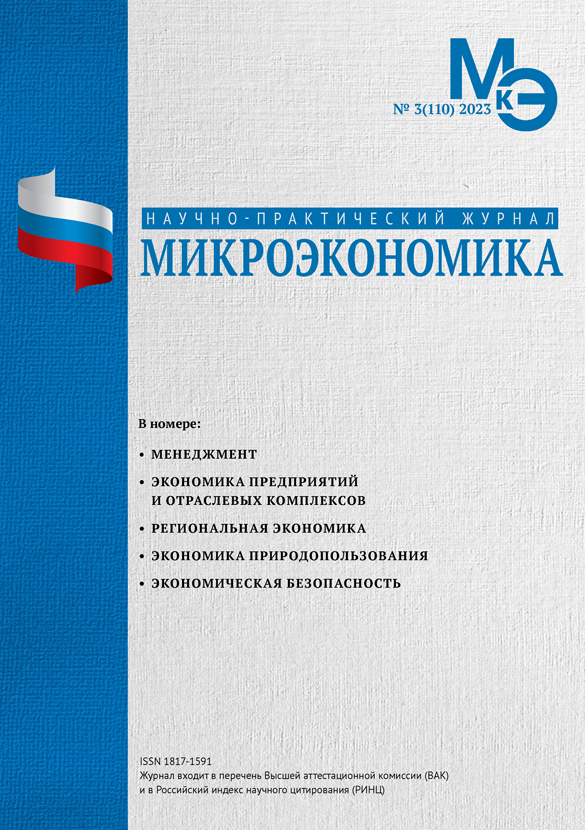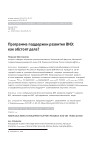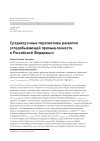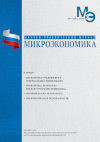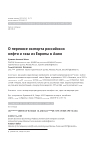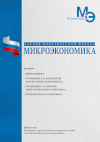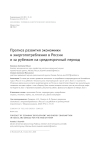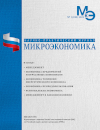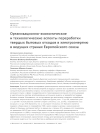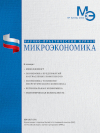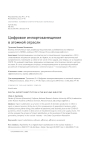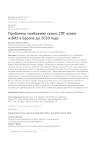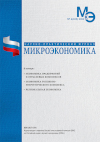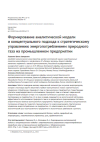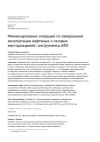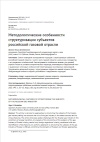Renewable Energy Development Support Program: how are things going?
DOI: 10.33917/mic-5.112.2023.85-93
The program to support the development of renewable energy sources on the territory of the Russian Federation (hereinafter referred to as DMP RES 2.0) is analyzed. The calculation of the current cost of installing renewable generation facilities, included in the two generations of the state program of CSA RES, is carried out. The resulting calculation allows the article to compare the current market state and cost of solar and wind generation projects in Russia in comparison with international practice. In addition, the article outlines a path to achieve grid parity in the cost of electricity from renewable energy sources, taking into account the current situation. Based on the work done, recommendations are given on the way to develop a support system for renewable energy in Russia.
References:
Statistical Review of World Energy. URL: https://www.energyinst.org/statistical-review
2. SO UES. Report on the functioning of the UES of Russia in 2022. URL: https://www.so-ups.ru/functioning/tech-disc/tech-disc2023/otchet-o-funkcionirovanii-eehs/
3. Order of the Government of the Russian Federation dated June 9, 2020 N 1523-r “On approval of the energy strategy of the Russian Federation until 2035.” URL: https://www.garant.ru/products/ipo/prime/doc/74148810/?ysclid=lninhe5guw590149448
4. Rodygina N.Yu., Rudanets V.S. Methods of state regulation and instruments of state support for renewable energy sources in Russia and abroad. Education and Law. 2023;7:69-76. (In Russ.).
5. Salygin V.I., Guliev I.A., Ryabova M.I. Problems and prospects for the development of the renewable energy sector in China. Bulletin of MGIMO University. 2015;4 (43):36-45. (In Russ.).
6. Berezkin M.Yu., Sinyugin O.A. Features of development and measures to support renewable energy sources in Japan and the USA. Environment and Energy Science. 2022;2:4-17. (In Russ.).
7. Maksimov A.G. RES 2.0: New program for the development of «green» energy in Russia. Energy Policy. 2020;11(153):22-27. (In Russ.).
8. IRENA (2023), Renewable Energy Statistics 2023. The International Renewable Energy Agency, Abu Dhabi. URL: https://www.irena.org/Publications/2023/Jul/Renewable-energy-statistics-2023
9. IRENA Renewable Power Generation Costs in 2018. URL: https://www.irena.org/publications/2019/May/Renewable-power-generation-costs-in-2018
10. Information published for project selection. URL: https://www.atsenergo.ru/vie/otborinfo


